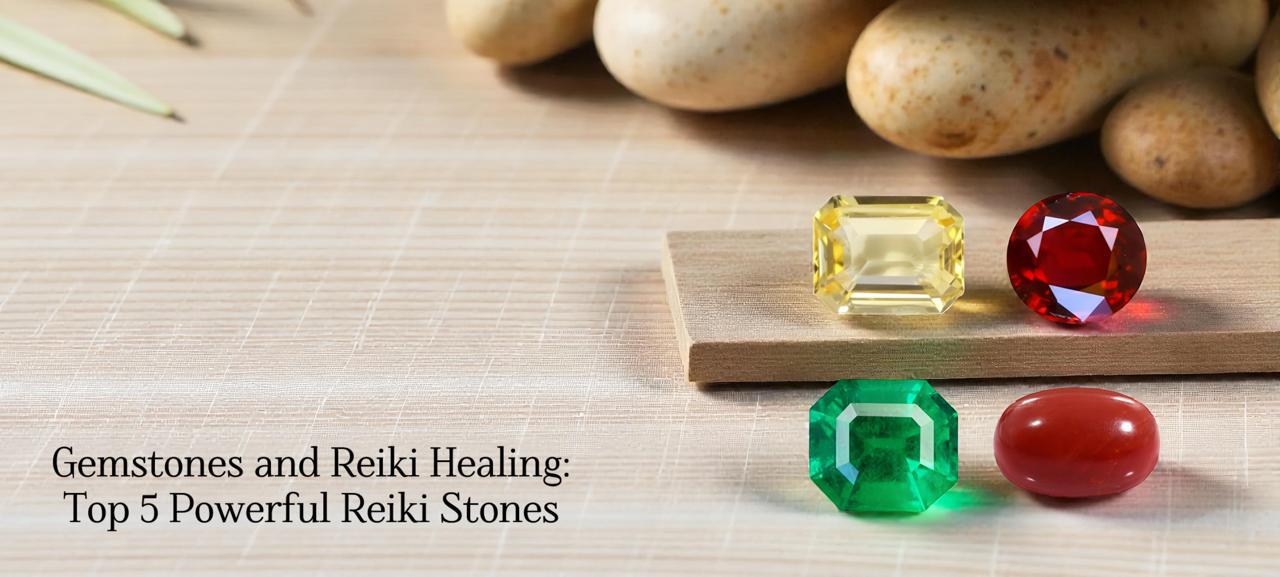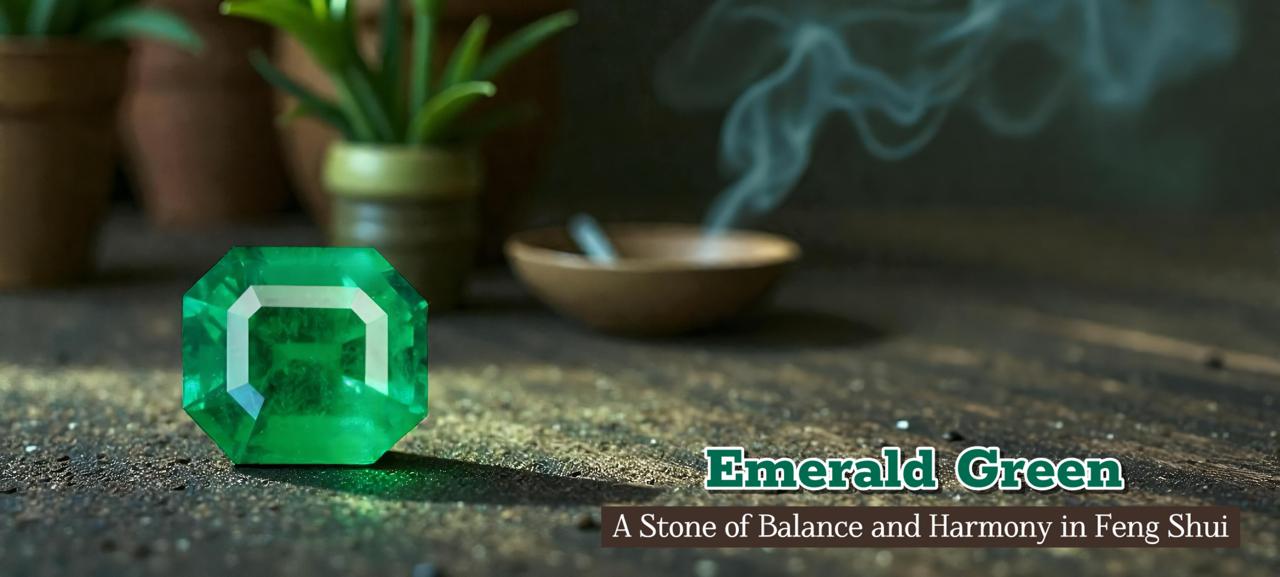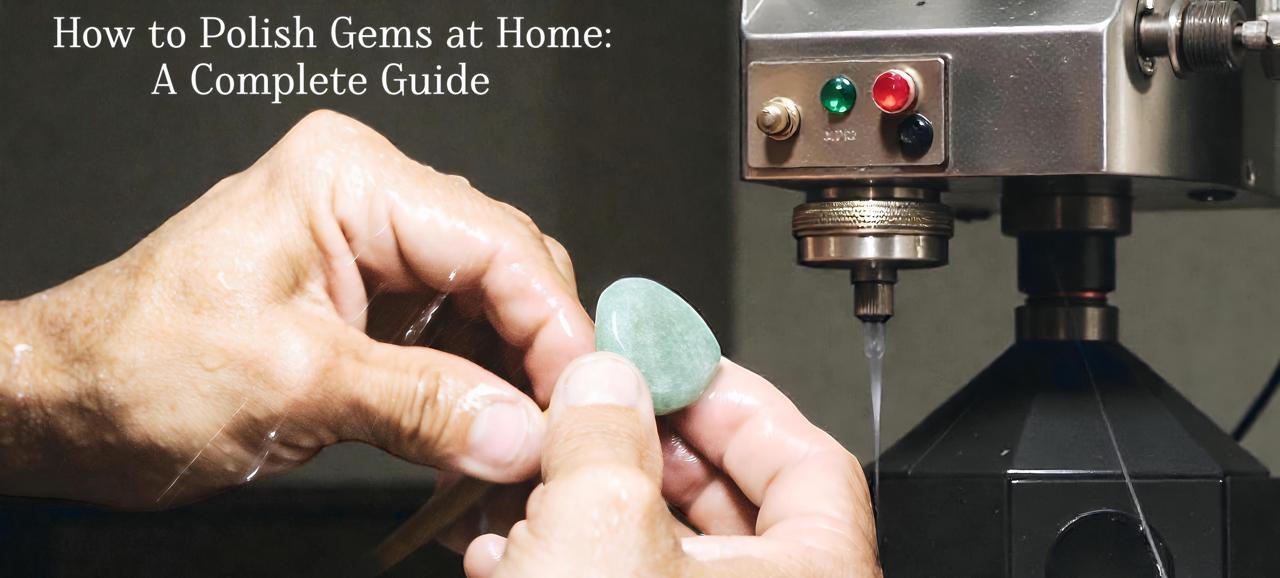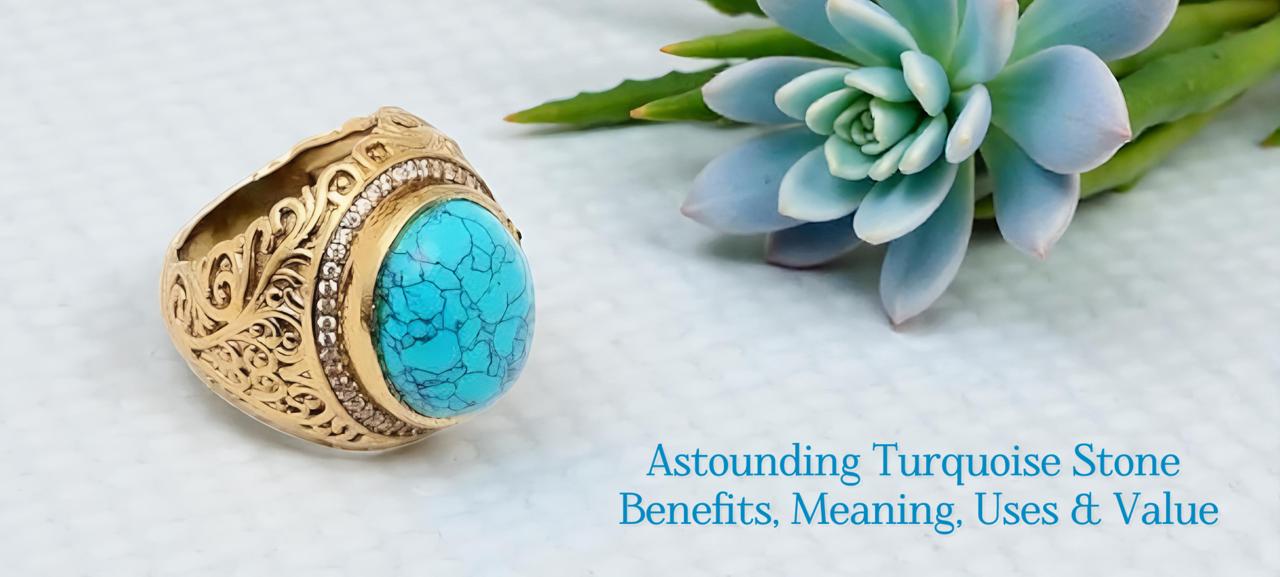 Categories
Categories 
Like all other gemstones, emeralds have inclusions. The most common of these is jardin, which makes the inside surface look like a garden. Jardin, in French, means “garden.” Jardin in emerald stone isn’t just one type of inclusion; there are more to add. In this blog, we will study the other imperfections and how they affect the value and appearance of the stone.
All Natural gemstones have inclusions. They are the primary characteristic that tells you a gem is real and formed inside the earth's surface. These are often termed blemishes or imperfections.
Inclusions are materials inside the mineral that get trapped during the gemstone formation. They are generally bubbles, crystals, fluids, needles, or clouds. Cracks and inclusions are not the same. While the first one mentioned is visible on the surface, the second one is inside the stone.
Also Read: Cracks Vs Inclusions: Gemstone
Here are some of the common inclusions this precious gemstone has:
-Commonly found in emeralds from Panjshir and Zambia (Kafuba and Musakashi mines). It is also found in a few Colombian Panna stone. Read More Here: What Is Special About Colombian Emeralds?
-Two colorless crystals and gas bubbles suspended in a fluid.
-Liquid crystals are brine (NaCl or Calcium chloride) and gas bubbles (CO2).
-Contains aqueous liquid (H2O) and gas bubbles composed of CO2, N2 and CH4.
-Elongated, hexagonal, irregular crystals observed when you look closely at the emerald surface.
-Two-phase inclusions are common characteristics of Zambian emerald. Also read: A Complete Guide To Zambian Panna
-Present inside the gemstone as a result of its natural formation. They resemble the intricate patterns of human fingerprints.
-Long elongated crystals inside the gemstone. They are the significant inclusions that indicate whether the Panna stone is real.
-Liquid inclusions are some of the very commonly found inclusions in natural emerald gems. You may easily encounter some liquid inclusions filling cavities in emeralds. At times, they are also formed in those cavities by a gas bubble which further makes a two-phase inclusion.
Also read: Panjshir Emerald Stone Buying Guide
Inclusions in Panna stone are natural to them. They result from foreign particles that get trapped during the gemstone formation. Fewer inclusions or imperfections are considerable. This also gives you one of the indications that your gemstone is real. Lab-created emeralds are free from inclusions.
This provides a good comparison between genuine panna stones and man-made gemstones. Higher inclusions make the stone less bright, and the light reflects less, making it look dull. The price of highly included pachu stone is comparatively less. Therefore, gem enthusiasts prefer buying flawless gemstones. Also read: Emerald Stone Price Guide II
However, with the discovery of synthetic hydrothermal emeralds, creating emerald inclusions is not a big deal. So, only gemstone certificates can clearly reference whether the stone is real or not. GIA is the best certificate for Panna if you are considering information regarding its natural origin. It gives you the details of the 4C (cut, clarity, color, carat weight) and the gemstone’s geographic origin. Read More: How to Tell if a Gem is Real?


Emerald Green: A Powerful Feng Shui Stone for Balance and Harmony
December 15th, 2025

